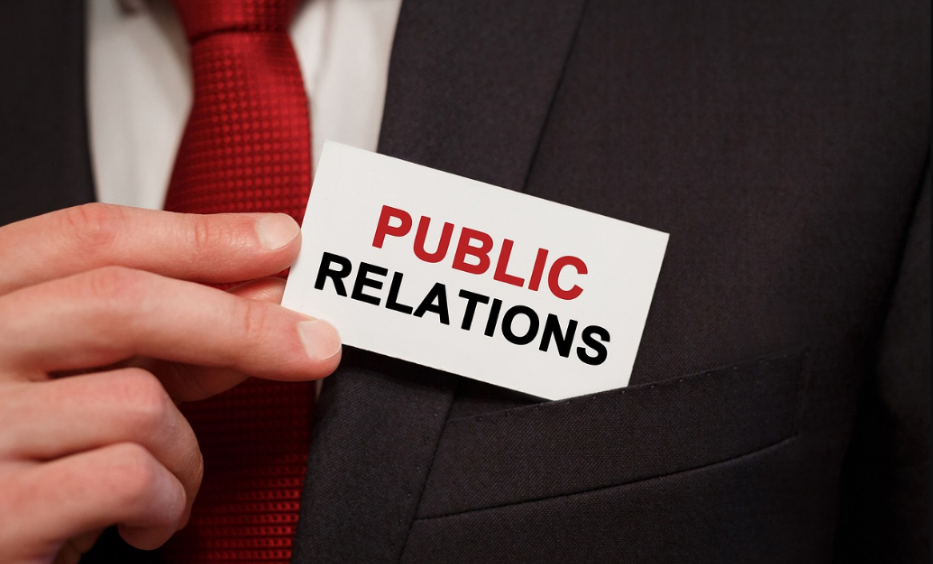Blog
The Role of Public Relations in Marketing: Shaping Public Perception

Public relations (PR) is the process of maintaining an organization’s positive image with public groups, communities, and the people it serves. Unlike advertising, PR strives to create a favorable image by focusing on the organization’s attention-worthy activities and those of its target customers. PR is sometimes considered “free advertising.”
Like advertising, PR promotes a product, service, organization, or brand. However, PR plays a critical role in shaping the public’s opinion of an individual, product, or organization through different communication and marketing channels, such as print, social media, TV, and radio.
Understanding PR from Marketing Experts
Public relations play a significant role in shaping the narrative around the brand and empowering it to take control and communicate key messages to target audiences. Doing this influences how an organization is perceived, increases credibility, and sets a brand apart from the competition. The marketing curriculum elaborately explores the fundamentals of public relations, which can be challenging for students to comprehend. If you are a marketing student and need help understanding PR concepts, you can sign up with marketing assignment help. The tutors are highly experienced and can help you understand the PR fundamentals in marketing with real-world cases.
The Power of PR in Marketing
Public relations involve strategic communication methods for mutually beneficial bonding between individuals or brands and their stakeholders. Through PR, all effort is given to accomplish the following:
- Building and maintaining a positive image
- Informing target audiences about the note-worthy news about a brand, product, service, or organization
- Maintaining friendly relationships with individuals with a strong power to influence the target audiences’ opinions
- Generating goodwill among the target audiences, media, and other consumers by polishing the organization’s profile
- Increasing demand for an idea, product, service, or organization
- Controlling unfavorable media coverage
Establishing relationships & managing crises
Media relations are critical to public relations as they help build relationships with media individuals and outlets. PR professionals strategically disseminate news and information through media briefings, press releases, and interviews to shape their clients’ perceptions of a brand.
Today is the era of social media and rapid communication. Crises and negative information can escalate quickly through digital platforms and damage an organization’s reputation. Effective PR activities involve addressing the situation’s criticality and doing damage control. PR professionals employ suitable crisis communication plans, release media statements, and designate spokespersons to avoid negative narratives and engage in proactive crisis management.
Building reputation and managing public perception
Reputation is valuable for any brand, individual, organization, or government. PR is pivotal in shaping and maintaining a positive impression and influencing an organization’s clients’ opinions through brand positioning, storytelling, and strategic messaging. PR professionals aim to cultivate a positive image of their clients in case of negativities by highlighting positive attributes, social responsibility initiatives, and achievements.
Swaying public opinion through community engagement
Community engagement is another vital aspect of public relations for fostering relationships with the target audience and the main stakeholders. The PR professionals organize events, sponsor initiatives, and support causes aligning with their client’s goals and values. Such activities create positive connections, strengthen public opinion, and establish goodwill and trust. Further, PR professionals consider the ethical implications and focus on transparency and honesty to build a reliable communication channel and maintain credibility.
When to Use Public Relations for Influencing Public Views?
Using the right PR techniques can help marketers optimize the benefits of different events to get more media attention, build community relationships, and improve a brand’s public image. Here are some instances when PR can be used to influence public opinion of a brand or individual:
- Developing an innovative tool or approach for the greater good
- Winning an award for offering the best product or service in a particular category
- Partnering, collaborating, or merging with another brand or individual to provide broader services to a target market segment
- Sponsoring an event or donating to a local charity
- Hiring a new CEO or other notable appointments
- Researching to gain in-depth knowledge of the attitudes and preferences of a target market segment
Closing Note
A strong PR strategy can build, reshape, or maintain a positive public image and help you achieve your marketing goals. Hence, it is wise to maintain positive and regular communication with media professionals, market or industry analysts, customers, governmental regulatory bodies, and other groups and keep them in the loop about the company’s positive activities. This way, a brand can build familiarity and trust and survive the ups and downs of the market.













